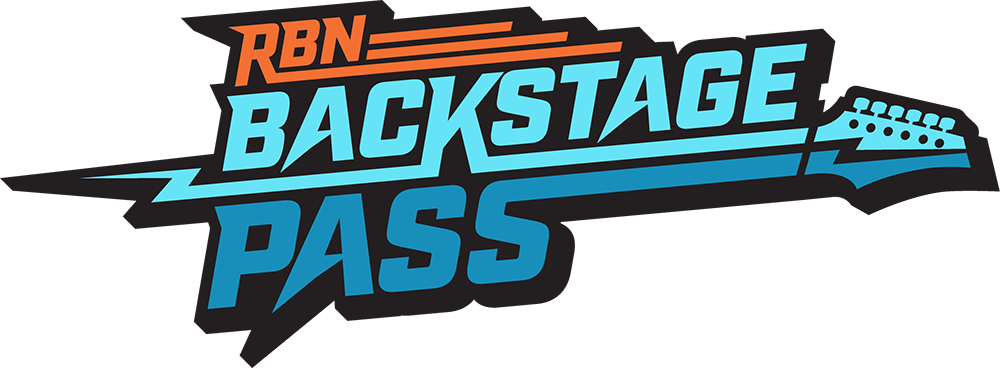The Louisiana Offshore Oil Port (LOOP) is the nation’s largest waterborne crude oil import terminal. Capable of handling 1.2 MMb/d of crude throughput and with associated storage topping 67 MMBbl, LOOP is connected by pipeline to 50% of the nation’s refineries. As shale crude and increasing Canadian imports rush toward the Gulf Coast pushing out waterborne imports, the terminal needs to redefine its future. Today in the first of two blogs on LOOP we look at how the port operates today.
This is Part 5 in our series covering crude oil terminals in the Gulf Coast region. In Part 1 (see Echo and the Blending Men) we looked at the new 6 MMBbl Enterprise ECHO crude terminal. In Part 2 (see Nederland Crude Wonderland) we looked at the 22 MMBbl Energy Transfer Partners/Sunoco Logistics Nederland Terminal at Port Neches between Beaumont and Port Arthur. In Part 3 (see Crude Accommodation at the Oiltank Inn) we covered Oiltanking Houston’s 12 MMBbl terminal on the Houston Ship Channel. Part 4 looked at Magellan’s East Houston Terminal (see The Stocks of Magellan).
Check out Kyle Cooper’s weekly view of natural gas markets athttp://www.rbnenergy.com/markets/kyle-cooper |
The first four episodes focused on crude storage terminal facilities on the Texas Gulf Coast. This time we turn our attention to Louisiana and the Louisiana Offshore Oil Port (LOOP). Marathon, Shell and Murphy own LOOP but Murphy is selling its stake to Valero. The “port” is actually three mooring buoys located 18 miles offshore in 110 feet of water. These mooring buoys can accommodate “very large” and “ultra large” crude carriers (VLCCs and ULCCs) that hold between 1.4 MMBbl and 2.24 MMBbl of oil (see picture below).
Source: LOOP Website
At the mooring buoys tankers are offloaded via an underground pipeline connected to an offshore marine terminal that looks like an oil-drilling platform (you can see a LOOP video of a tanker offloading here). Oil is then pumped from the Marine terminal at up to 100 Mb/hour to a storage facility at Clovelly, LA twenty-five miles inland. Clovelly has 8 underground salt dome caverns capable of storing 58 MMBbl of crude oil (see a LOOP video of the cavern technology here). In addition to the underground storage, Clovelly has an above ground tank farm with 12 X 600 MBbl tanks. That’s an impressive total of 67 MMBbl of storage.
Join Backstage Pass to Read Full Article










